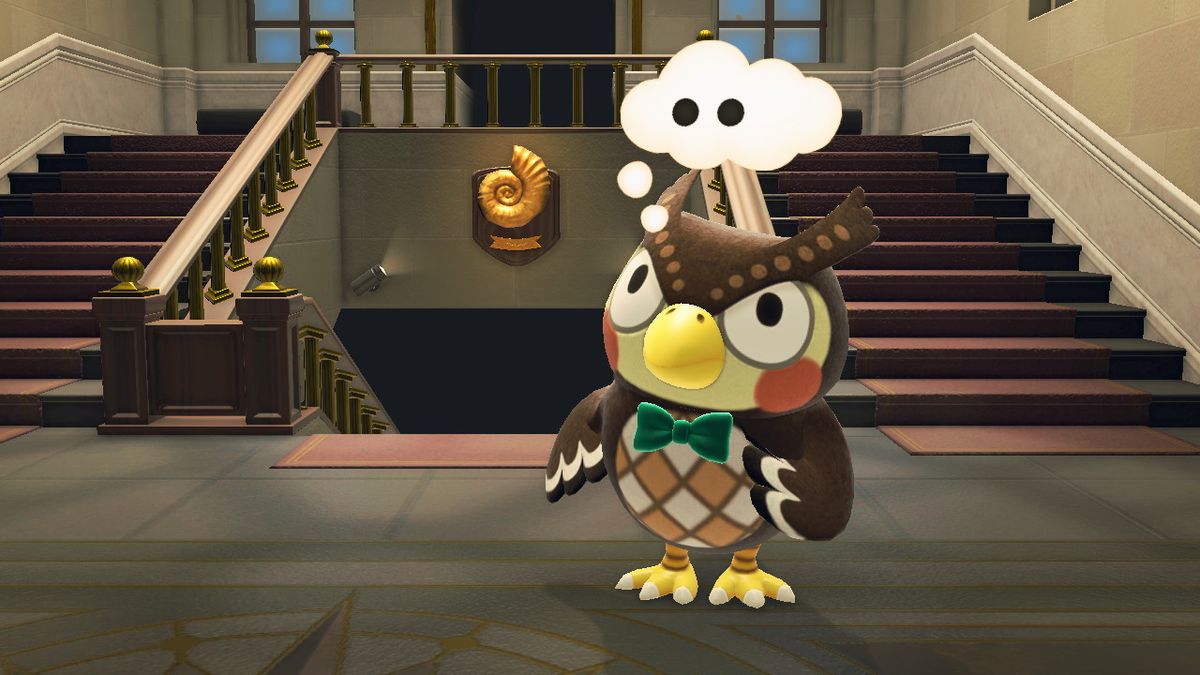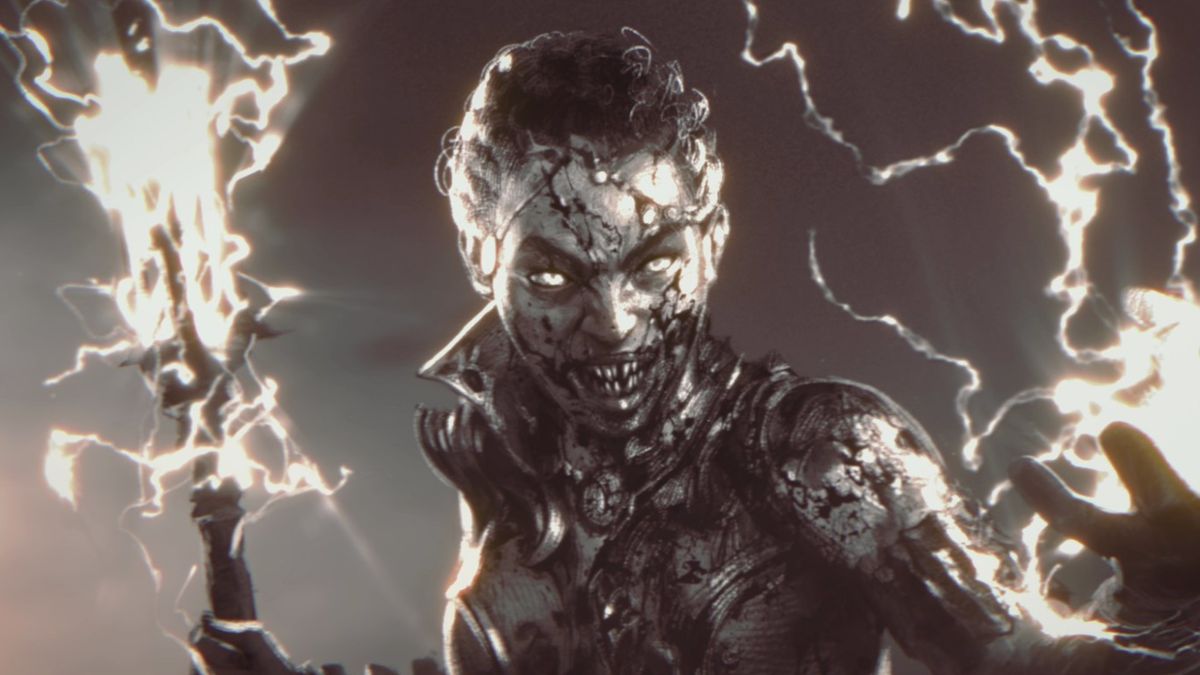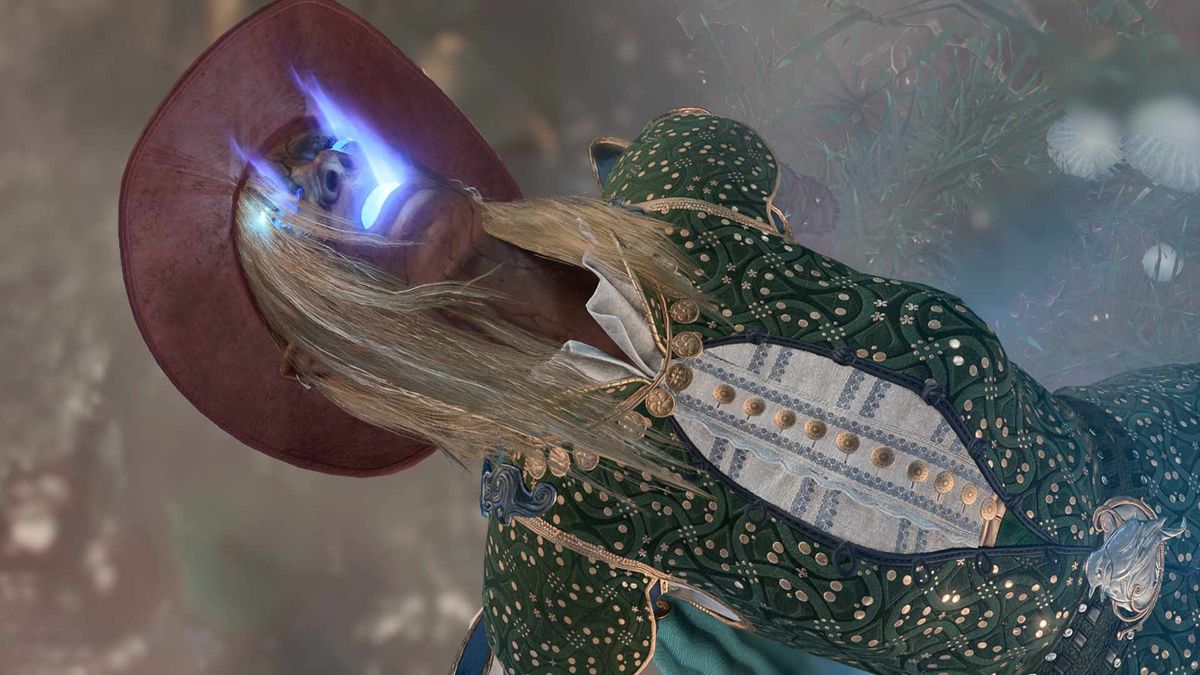When approached to license his name to the first John Madden Football, the legendary coach and commentator initially refused. The story goes he saw seven-on-seven on football, found that inadequate, and demanded eleven-on-eleven before handing over his likeness. Madden 23’s marketable changes, under the banner of “FieldSense,” only marginally pay tribute to the big man’s push toward realism.

Part of Madden’s struggles this generation come from the increasing video game-ness. Things like X-Factors – player-specific special skills – dilute the simulated reality. Meters, on-screen buttons, and ever-deepening decision-making cause visual clotting, making Madden resemble less a broadcast than a showy and busy telestrator that never turns off.
FieldSense and sensibility?
FieldSense, a widely encapsulating term that includes alterations to physics and control tweaks, does reformat the game’s mechanics. Upon booting, the immediate choice is the passing method. More than tapping or holding the button, throws can be led ahead of a receiver, behind them, above or below their chest.
In conception, this is a logical advancement, certainly beyond the nonsense from prior years like Vision Cone passing. Yet in execution, it’s a convoluted, difficult-to-master sequence of the left trigger/left thumbstick inputs, done within seconds as linemen rush the QB, plus further clogging the screen with indicators. A circle appears under the receiver, plus a target to indicate the pass’ precision location.

New physics make a greater difference on the digital turf. EA’s capsule marketing notes the variance in tackle animations (less canned, notably more impact based), while the running game takes a step forward. Jukes remain as they have for years on the right stick, but the left trigger allows for hard cuts, dodging defenders and finding holes where previously, the needed turns would ruin the opportunity. Plus it’s not a game-breaking change. It’s sensible, real, and satisfying when it works, yet easily countered by defenders with high reaction times – as should be the case.
The man who was
Madden 23 pays homage to the man whose name turned into an annual video game franchise. After his passing in December, the development team pays tribute with the Madden all-star game. It’s a one-off, but a colorful celebration of the coach, involving two historical teams filled with Madden’s personal favorite players. During the game, Brandon Gaudin and Charles Davis recount Madden’s career, and then at halftime, a short video tribute plays. It’s something, if seemingly small considering what Madden did for this franchise for over nearly 30 years.

What matters more is the on-field play. It’s still stale, trying to find any way to break out and feel fresh. Yes, the running game makes strides. Yes, the passing game (ineffective as it is) has progressed. But this is still Madden as it was last year, the year before, and so on. Just as stale are the jokes about EA releasing the same game every year with new rosters. That wasn’t truthful for two decades – otherwise, Madden would still be 2D pixels on scaling fields. Lately though, it’s challenging to argue for Madden.
The presentation remains static and wildly imprecise. Odd camera glitches don’t follow the action on replays, even as Gaudin makes an exciting call. This assumes Gaudin makes the RIGHT call in the first place, since the commentary endures hiccups that fail to match the on-screen activity. A few shots pan the crowd, mostly repetitive, and the same goes for views on the bench or of coaches. Impressive aerials of the stadiums look spectacular, the most “next gen” Madden 23 will look, but again, recycle themselves throughout. Given John Madden’s own broadcasting pedigree, the game with his name is disappointingly dull in this regard.
Stepping off the field
Face of the Franchise makes notable changes. No longer does this thin career mode follow a rookie, but a veteran still looking for their star-making spot. Does this change a significant portion of Madden 23’s routine? A little, insofar as the custom star has a single year contract to make their name known. However, this isn’t much for storylines and key moments happen in menus, deciding on dialog trees or text threads. In a matter of weeks, selecting when to work out, what side activities to do, and what team events to attend turns into a dull slog.

Traditional franchise mode looks identical, yet under the surface, free agency tweaks invite clever (if brand-safe) strategy. Some players won’t want to move from home, others like tax haven states, which means luring those stars requires bumping up the perks. That might mean straining budgets and losing out on other players, potentially, to score the best roster changes. It’s clever, but Madden isn’t going to end up in a Deshaun Watson scenario, where a player’s gross off-field crimes impact the team. For the NFL, that’s too real.
Maybe EA drops the Madden name next year. If the branding is reinvented, so be it. What’s clear is, no matter what the package says, this series is stuck, and in dire need of revisiting the reasons for its origins. If the death of its cover star can’t ignite that spark, if two console generation change overs can’t, nothing likely will in the near term. This isn’t fun to write year after year either. Consider the pandemic, the rush to pay homage to John Madden, all while trying to revitalize the pass/run systems; empathy for the developers runs high. But it’s the same game. It really seems that way.
 Games News games, movies and TV you love.
Games News games, movies and TV you love.



